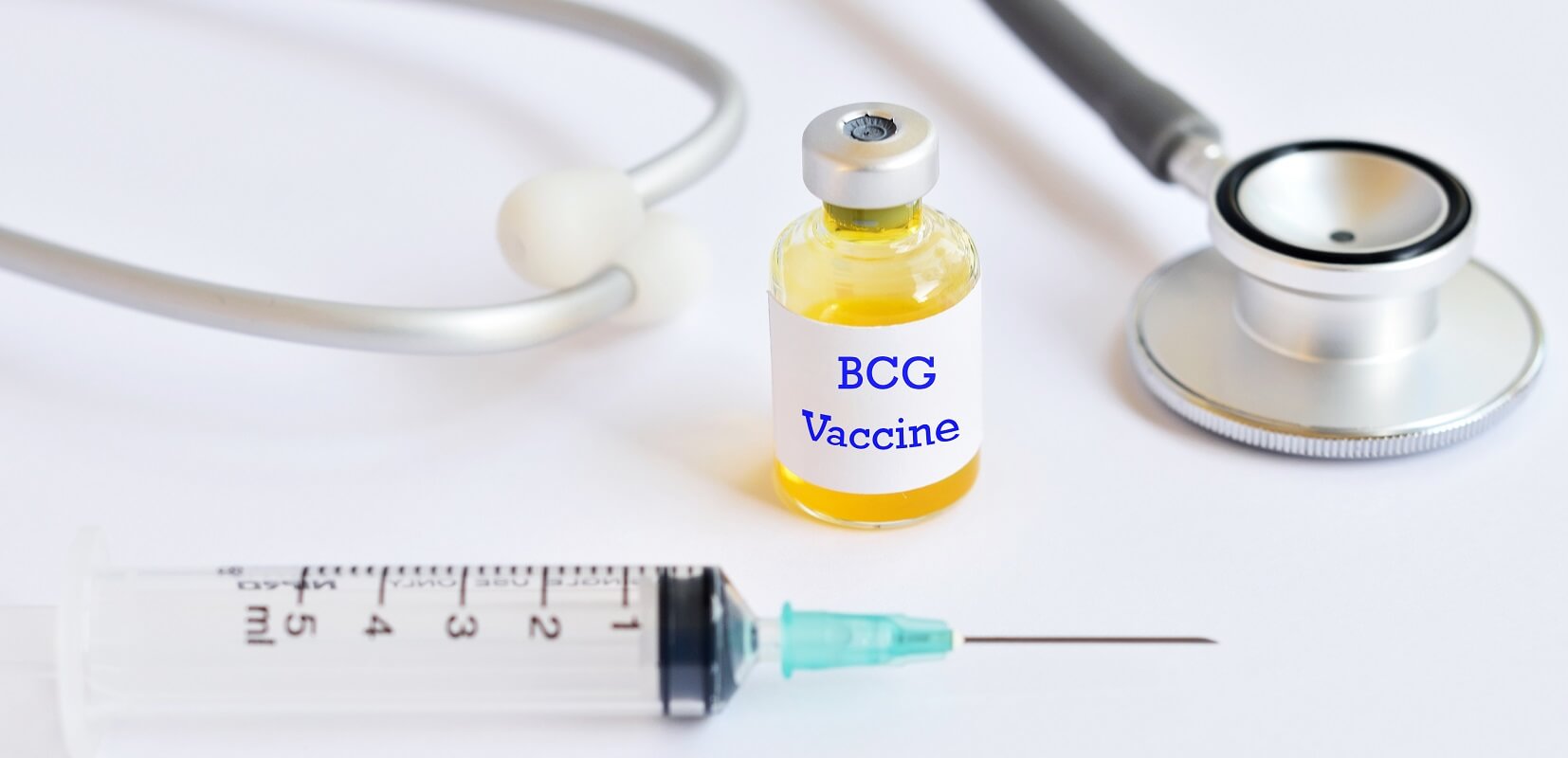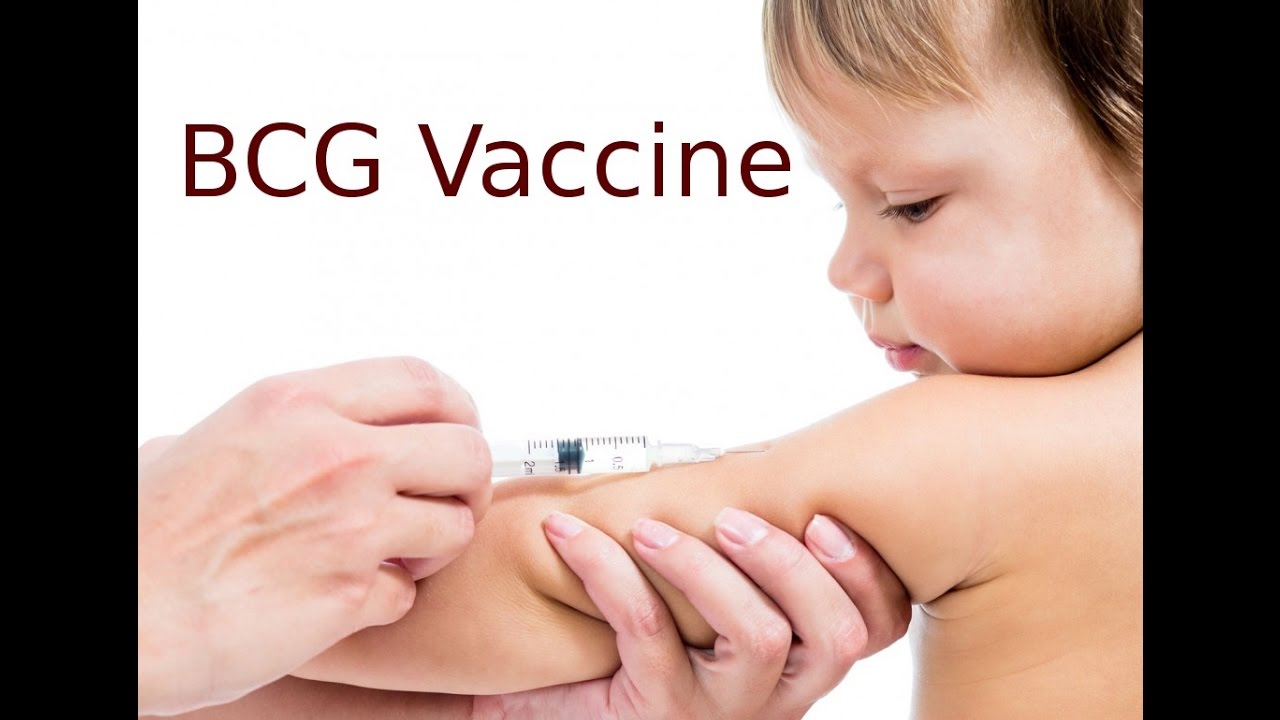
Globally, about 1 million cases of pediatric tuberculosis are estimated to occur every year accounting for 10–15% of all tuberculosis (TB). The exact burden of childhood TB in India is unknown due to diagnostic difficulties but it is estimated to be 10% of the total adult incidence. The proportion of pediatric TB cases registered under RNTCP has shown an increasing trend. Prevention of childhood tuberculosis is thus an important priority.
Tuberculosis
Tuberculosis is a serious form of infection that affects lungs and at times other parts of the body like bones, joints and kidneys. It is caused by bacteria Mycobacterium tuberculosis. It is derived from the bovine tuberculosis strain and was first developed in 1921 by the French microbiologist, Albert Calmette, and the veterinary surgeon, Camille Guerin. The two common strains in use are Copenhagen (Danish 1331) and Pasteur, of which the former was produced in India at the BCG Laboratories, Guindy, Tamil Nadu till recently. It has an efficacy of 75–86 % for prevention of miliary and meningeal form of Tuberculosis & 50% for pulmonary tuberculosis.
How do you get Tuberculosis?
Tuberculosis spreads through air, one contracts TB by breathing in TB bacteria. These bacteria get released in the air by who already has the bacteria in their body.
Bacteria that causes tuberculosis in human being usually affects the lungs but can also affect other parts of the body. Infection by mycobacterium tuberculosis won’t necessarily make you sick as you can have either latent TB or TB disease.
TB happens when a person with latent TB becomes sick. Some individuals become sick as soon as they get infected, before their immune system can fight back. In other cases, people don’t get sick initially but they fall sick when immune system becomes weak. This can happen due to some other infections or immunocompromised conditions.
Age groups that’s commonly affected
- Infants and children aged less than 4 years
- People infected within the previous two years
- People with immune-compromised conditions
- Other preexisting diseases or condition such as diabetes and chronic renal failure.
Signs and Symptoms
It is very difficult to diagnose TB based only on symptoms as TB mimics symptoms of some other diseases. In such scenarios tests should be performed to confirm the diagnosis where there is a definite evidence of TB bacteria.
Common symptoms of pulmonary tuberculosis includes
- Bad cough that lasts more than one week
- Pain in chest
- weakness
- Blood in sputum
- Fatigue
- Weight loss
- Lack of appetite
- Chills
- Fever
- Night sweat
Diagnosis of Tuberculosis
Some of the TB tests used for diagnosis look directly for the bacteria while other test such as chest X-ray look for the effect of the bacteria on patient’s body.
Treatment
Medications are the cornerstone for the treatment of TB; however, TB takes much longer than treating other kind of bacterial infection. Apart from the regular anti tuberculosis drugs there are various new drugs that are being tested and studied as add-on therapy to the current combination treatment.
Common myths and facts about Tuberculosis
-
Myth: Tuberculosis occurs only in lower Socioeconomic Group
Fact: Tuberculosis can be contracted to anyone. However, certain population such as people with reduced immunity, elderly and immigrants are at greater risk of developing tuberculosis. Family members and other individuals in contact with them are also at the risk of developing tuberculosis.
-
Myth: TB is a hereditary disease.
Fact: Genetics plays no role in transmission and acquisition of Tuberculosis. It is not a hereditary however members of the same family may get infected as it is transmitted through air.
-
Myth: TB is caused by excessive smoking
Fact: Smokers are predisposed to develop respiratory diseases, however, tuberculosis is a bacterial infection caused by Mycobacterium tuberculosis.
-
Myth: TB is incurable and is fatal
Fact: TB is completely curable however; the treatment of TB takes longer when compared to any other bacterial infection. In most of the cases because of lengthy treatment regimen and drug side effects patients often discontinue the treatment. It is important that this does not happen and patients complete their treatment which will help them in complete recovery.
Prevention
Neonatal BCG vaccination provides substantial protection against the more severe types of disseminated TB, such as miliary TB and tuberculous meningitis, to which infants and young children are particularly susceptible. It is more effective in kids and requires no revaccination.
What is BCG vaccine?
BCG or Bacille Calmette-Guerin is a live attenuated vaccine derived from Mycobacterium bovis. This vaccine provides immunity against tuberculosis.
BCG is used in many countries, especially the developed countries to prevent childhood tuberculous meningitis and miliary disease.
Who is eligible to receive BCG vaccine?
BCG vaccine is commonly given to kids. The recommended age for administration of vaccine is at birth (for institutional deliveries) or at 6 weeks with other vaccines. Catch up vaccination with BCG is recommended till the age of 5 years. BCG may be repeated once in children less than 5 years of age in the absence of a reaction/ scar presuming that BCG has not been taken up.

BCG in Babies:
- Kids born in areas where incidences of TB cases are higher.
- Have parents or grandparents who was born in a country where TB was prevalent.
BCG Vaccine in Children:
- Children who have arrived from countries with high level of TB
- Children in direct contact with someone infected with TB
BCG for Adult
BCG vaccine is rarely given to anyone above 16years and is never given above 35years of age.
Dosage & Site of injection:
The recommended dose is 0.1 ml or 0.05 ml. Dosage does not depend on the age and weight of the baby. Injection of BCG should be strictly intradermal. The convex aspect of the left shoulder at level of deltoid insertion is preferred for easy visualization of the BCG scar.
BCG may be given with other vaccines on the same day or at any interval with the exception of measles/ measles mumps rubella(MMR) vaccine where a gap of 4 weeks between the two vaccines is recommended.
What changes to expect after Vaccination?
The injected site usually shows no visible change for several days. Subsequently, a papule develops after 2–3 weeks, which increases to a size of 4–8 mm by the end of 5–6 weeks. This papule often heals with ulceration and results in a scar after 6–12 weeks. The ulcer at vaccination site may persist for a few weeks before formation of the final scar. No treatment is required for this condition. Ipsilateral axillary/cervical lymphadenopathy may develop a few weeks/months after BCG vaccination. Anti-tubercular therapy is of no benefit in such situations and should not be administered.
When should the BCG vaccine be not given?
BCG should be avoided in pregnant women and immunocompromised, especially those with cellular immunodeficiency. However, it can be administered to infants and kids born to HIV positive mothers.
Media Coverage:
Role of neonatal BCG vaccination in TB protection among children- The Health Site
From Risks to Myths, Here’s Everything You Need to Know About TB- LATEST LY
World Tuberculosis Day: Know all about the disease- Business Standard
About The Author
Dr.Sireesh – Consultant Pediatrician & Pediatric Endocrinologist, TeleradRxDx.
For booking appointments, call us @ +91-80-49261111, +91-80-67458111 (or)
Download RxDx Smart Healthcare App Now!!!




